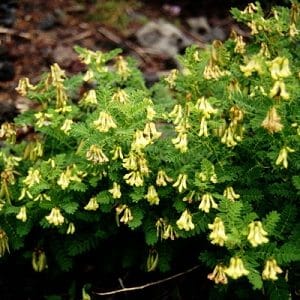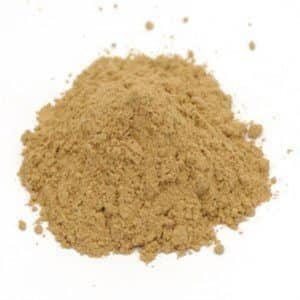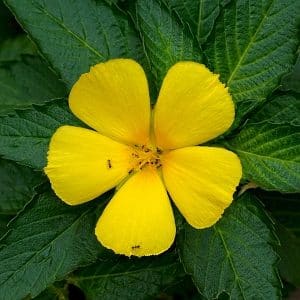Native to Europe and Asia, catnip is now naturalized in North America, growing in dry roadside places and in mountainous regions up to altitudes of 5,000 feet. This member of the mint family is a downy, aromatic perennial, growing to three feet with heart-shaped, toothed, grayish-green leaves and whorls of white flowers with purple spots. The leaves give off a pleasant, minty aroma when crushed; and are gathered when in flower in summer and autumn.
In 1735, the Irish herbalist, K’Eogh, stated “It provokes urination and menstruation; it expels the stillborn child; it opens obstructions of the lungs and the womb; and it is good for internal bruises and shortness of breath. Drunk with salt and honey, it expels worms from the body.”
It is best known for inducing euphoria in cats housecats, lions, tigers, etc. All display similar symptoms which last about twenty minutes it has the opposite effect on humans and used mainly to calm the nerves and induce sleep. The plant can be difficult to grow if there are cats in the neighbourhood.
It has a long tradition in England and France as a kitchen aid and medicinal herb. It was also used occasionally as a stimulating drink until the introduction of black tea.
It has been used for over 2,000 years as a medicinal herb. Colonists brought it to the “New World”.
Several Native American tribes used it to treat coughs, colds, pneumonia, sore throats, fevers, and colic. The Mohegan tribes relieved infant colic with a tea made from the leaves.
Key Actions
Key Components




